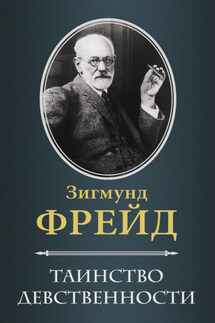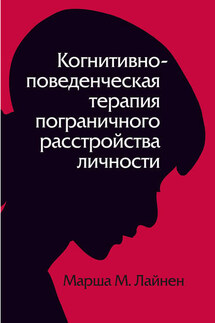Практика телефонного консультирования - страница 18
Результатом столь повсеместного широкого распространения как прикрепленных, так и независимых Горячих Линий явилась чрезмерная широта представлений, имеющихся у населения, о том, что представляют собой Горячие Линии и какую помощь они оказывают. Определение, приведенное в начале главы, – это попытка дать наиболее общую характеристику Горячих Линий. В дальнейшем оно поможет обозначать их особенности в узком смысле или в качестве специализированных служб (например, в структуре медицинской и психиатрической помощи), или как части организаций, оказывающих более широкие виды гуманитарных услуг. Если не прийти сначала к общему пониманию в отношении определения и характеристики Горячих Линий, то затем будет невозможно провести водораздел между ними и, например, учреждениями психического здоровья или центрами кризисной интервенции.
Литература
Alsofrom R.K., Seely M.F. Procedural Manual for crisis line (rev. ed.). Joliet (IL), unpublished manuscript, 1978.
American college of emergency Physicians. Providing telephone advice from the emergency department (Position Statement) // Annals of Emergency Medicine, May. 19 (5). 1990. P. 600.
Baizerman M., McDonough J.J., Sherman M. Self-evaluation handbook for hotlines and youth crisis centers. Minneapolis: Minnesota University, Center for Youth Development and Research, 1976.
Baquis D. Consumer privacy (Office of Special Advisor to the President, Tele-Consumer Hotline). 1990.
Barmann B.C. Therapeutic management of chronic callers to a suicide preventtion cente // Journal of Community Psychology, January. 8 (1), 1980. P. 45–48.
Christensen R., Dowrick P.W. Myths of mid-winter depression // Community Mental Health Journal. 19 (3). 1983. P. 177–186.
Fitzgerald J.L., Mulford H.A. An experimental test of telephone aftercare contacts with alcoholics // Journal of Studies on Alcohol. 46 (5). 1985. P. 418–424.
Goodman C.C., Pynoos J. A model telephone information and support program for caregivers of Alzheimer’s patients // Gerontologist, June. 30 (3), 1990. P. 399–404.
Greenstone J.L., Leviton S.C. The crisis intervener’s handbook. Crisis management Workshops. 1979.
King G.D. How to handle hotline calls // Mental health. 58 (4). 1974. P. 10–13.
King H. A telephone reassurance service: 2. A natural support system for the elderly // Journal of Gerontological Social Work. 16 (2). 1991. P. 159–177.
Krieger H., Berman A., McCarthney B., Wasserman C. The American University hotline: Manual for Trainers. Washington (DC): American University, Office of Child Development, 1975.
Long T.J., Long L. Hotlines for children: 2. What makes them effective? // Children Today, March-April. 17. 1988. P. 22–24.
Meade V. Patient drug information hotlines multiply // American Pharmacy, Aug. 131 (8). 1991. P. 29.
Mermelstein H.T., Holland J.C. Psychotherapy by telephone. 2.A therapeutic tool for cancer patients // Psychosomatics. 32 (4). 1991. P. 407–412.
Moore W. Expanding access to legal services: 2. The legal hotline approach // Aging. 360. 1990. P. 19.
Robinson S.E., Yeager J.A. What’s it all about? A training guide for a youth-operated hotline. (DHEW Publication No. ADM 74–36). 1974.
Staff. Nurse’s hotline helps the spinal cord– injured // American Journal of Nursing. 1987. May. Р. 720–721.
Staff. Service hotline opened in consular affairs office // Sinorama. 1990. June 01. 15(6). P. 76.









